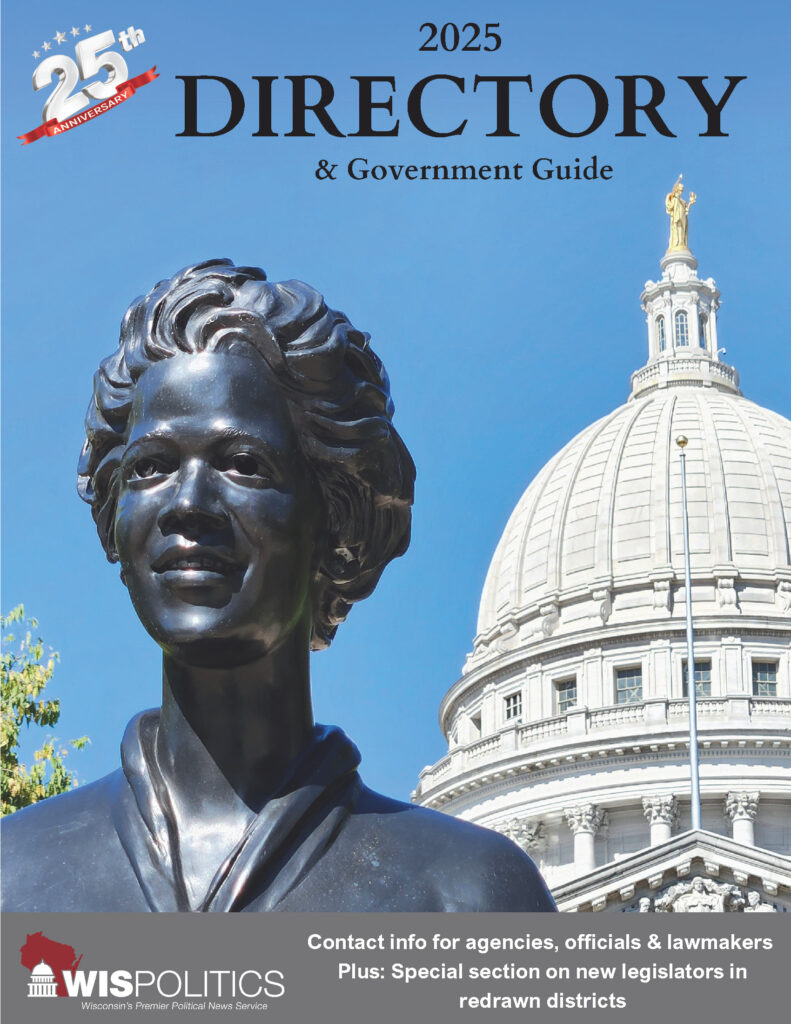MADISON — The Wisconsin Builders Association (WBA) reports that single-family home construction across the state showed modest growth through the third quarter of 2025, according to data compiled from the Wisconsin Department of Safety and Professional Services (DSPS).
From July through September 2025, 3,439 new single-family housing permits were issued statewide — a 4.8% increase from the same pe...
Please log in to access subscriber content.
If you don't have a subscription, please contact schmies@wispolitics.com for subscription options on the WisPolitics-State Affairs platform, which is the new home for WisPolitics subscriber products.


